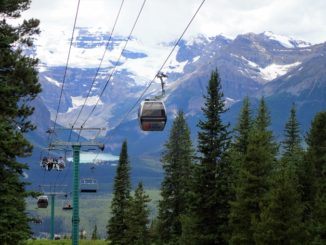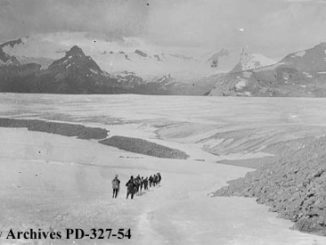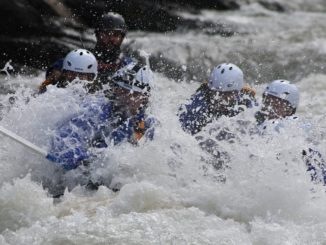
“Nevertheless most of the evergreen forests of the north must always remain the home of wild animals and trappers…”
~Ellsworth Huntington
Canada owes a lot to its colourful fur trading history. Fueled primarily by the European demand for felt and other furs, the deeply competitive fur trade opened the continent for further exploration and expansion to the west. In turn this lead to an increase in settlements, missionary work, and eventually social and economic relationships were established between Europeans and First Nation people. The fur trade was booming business for almost 250 years and played a formative role in the development of Canada as an independent country.
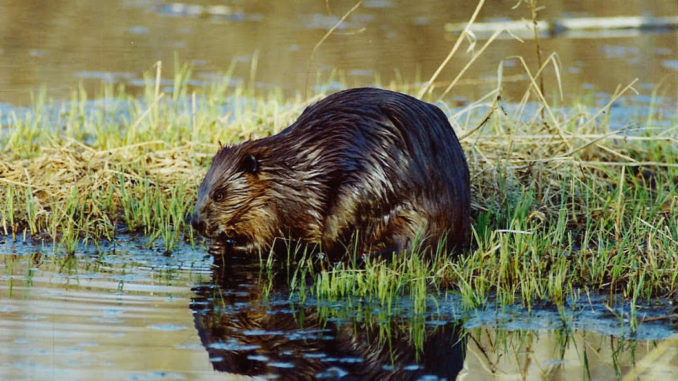
Today the fur trade lives on in historical sites across the province. Places such as Fort Whoop-Up, Fort Edmonton, Fort Assiniboine, and Fort Chipewyan, among others, are living relics from the heyday of the Canadian fur trade. There’s also a contingent of modern day trappers who operate throughout the province. Recently I had the pleasure of chatting with Bill Abercrombie who sits on the Board of Directors for the Alberta Trapper’s Association (ATA) and acts as a spokesperson on their behalf. Bill has been hunting and trapping his entire life and is now a professional trapper, outfitter, and guide here in Alberta.
CG: Historically this country was built on the fur trade. How is trapping still relevant in today’s world?
Trappers are relevant in many ways. We remain Canada’s bush culture of people on the land, but more broad based and diverse. Aside from First Nations people, French Canadians, and Scottish roots, trappers represent a cross section of all Canadians with a passion for the bush life.
Trappers are not just fur harvesters but wildlife managers reducing conflict with humans, as well as disease and starvation in the furbearer population. We are also stewards of the lands we trap and the knowledge gained from a life on the land is recognized and acknowledged by the scientific and environmental communities we support. We are the eyes of all Albertan’s in the bush and take that very seriously.

CG: Approximately how many people trap in Alberta?
There are approximately 3,500 licensed trappers in Alberta.
CG: Activities such as hunting and trapping often receive lots of bad press and negative attention. What do you say to these people? What are some of the positives of trapping?
The people who have the issue with hunting and trapping, for the most part, are urbanites with no connection to the wildlife or the land. They are entitled to their personal beliefs but have no grounds to criticize those who believe sustainable use of natural resources, such as wild game and fur, is the key to preserving it. Hunters and trappers contribute almost all of the funds in Alberta going to habitat conservation and wildlife research. We do that because we care! A well-managed trap line has a higher number of healthy animals and the habitat remains intact for generations. We live by a code whereby the land and all its creatures will be treated with dignity and respect. All animals die but those harvested by trappers are never wasted and their death is humane and dignified rather than slowly starving or dying of disease.
It’s also worth mentioning that the ATA partnered with the Alberta Conservation Association (ACA) on the globally recognized Wolverine Project. The aim of the joint venture was to map wolverine distribution and identify conservation risks across the province. This project was briefly mentioned during my interview with Michael Jokinen, a Wildlife Biologist with the ACA.
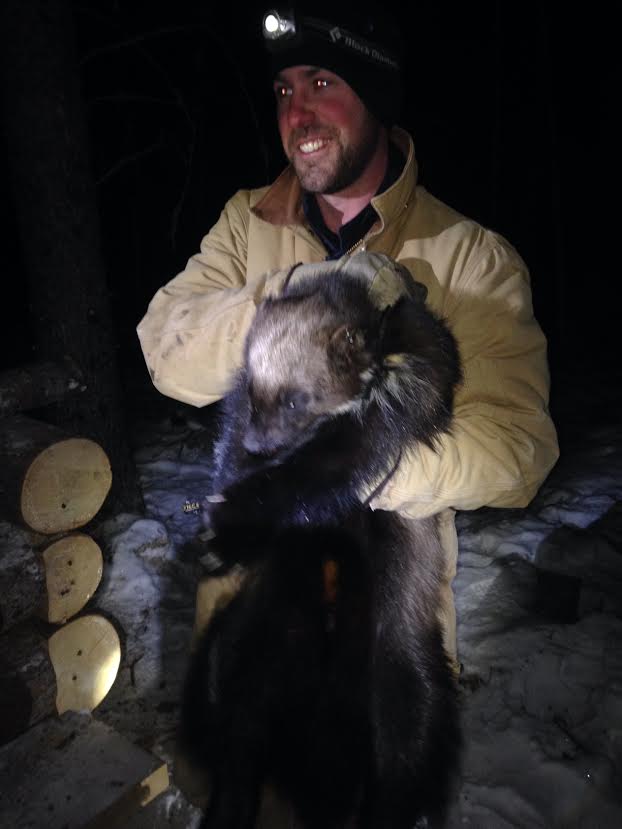
CG: What are the target species for trappers in Alberta? Why?
There are a wide variety of furbearers in Alberta and the species differ depending on whether you are trapping in the boreal forest, the mountains, the parkland, or the prairie. Fur value from species to species varies from year to year so the goal is to manage all species effectively depending on where they are in their population cycle.
For example in the boreal forest lynx, marten, and fisher are primary species but because they are also competitors one is usually more abundant than the other so we target those species and allow others to recover, thus providing more balance in the ecosystem.
CG: If someone was interested in trapping how would they go about obtaining a trapping permit and getting a trap line?
A person must successfully complete the Standard Trapping Course offered throughout Alberta to qualify for a Resident License to trap on private land. After that they can sign on as a junior partner with an experienced trapper on a registered trap line and work toward qualifying to acquire their own trap line. Their training, certification, and mentorship process is something that is taken very seriously. We only want qualified professionals operating in the field!
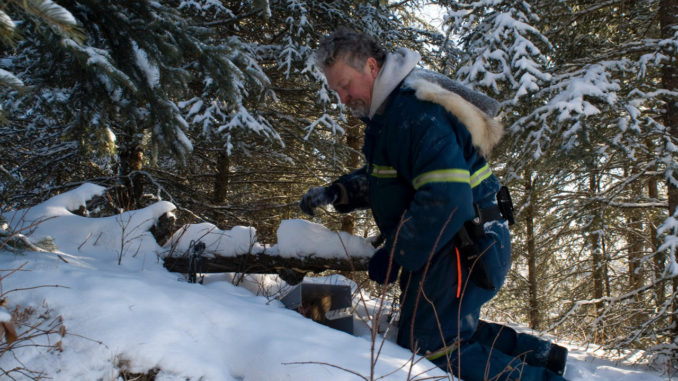
CG: What essential skills must a trapper possess to be successful?
Passion and enthusiasm for the land and love of animals and the bush life. Without those elements, the knowledge and skill will not be adequately acquired.
CG: Would trapping be considered a full-time job or do most trappers pursue it as a hobby?
For some like myself and my family it is full time and others it is seasonal or part time. The trapping season only runs six months of the year in most areas and three to four months in the north.
CG: What type of traps are commonly used? Are there regulations for what can and can’t be used for trapping?
Trapping is highly regulated. There are specific humane traps allowed for each species.
CG: What happens to the carcasses after the animals have been skinned?
They are either consumed as food or used as bait for other furbearers. Any unused carcasses are returned to the ecosystem where they are eaten by other animals. This is one way that trappers help insure the survival of species not harvested.
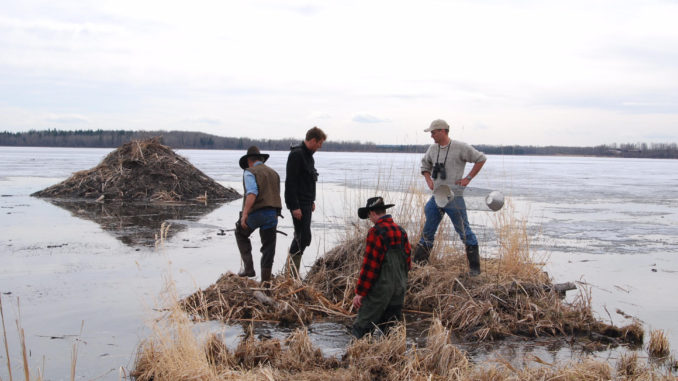
CG: How often do you have to check a trap line?
This depends on whether it is a killing trap or a restraining trap, such as a cage or foot trap. Killing sets have no legislated check time but generally they are checked every one to three days to prevent other animals from eating the catch or to prevent others of the same species from becoming shy of the set. Only 5% of traps in-use are restraining traps and they must be checked daily.
CG: Does the market price for fur fluctuate? Are certain furs more valuable than others and has this changed over time?
This has always been the case depending on the global economy, ranch fur production, and weather. In Alberta, coyote pelts have retained consistent value due to their use as trim on parkas and other garments.
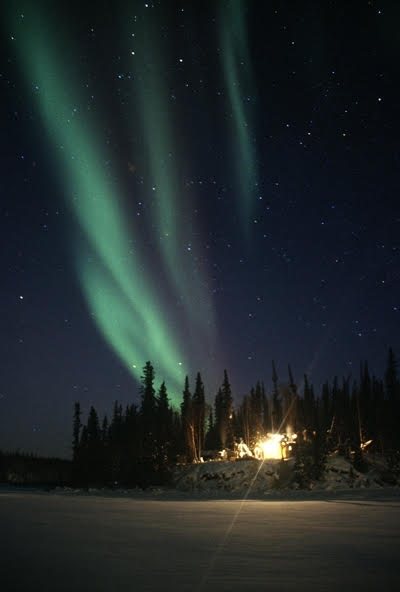
I had a personal interest to learn more about the trapping profession and thought it would make an interesting story so that others would have a better understanding of where fur comes from and how its harvested. I realize that hunting and trapping are both very contentious issues, but I hope this interview can shed some light on an industry that is relatively unknown to the general public. As Bill stated above most people who are judgmental towards trapping are unaware of its intricacies and it’s my hope that education and understanding are achieved before opinions are formed.
For additional information about trapping in Alberta please visit the Alberta Trapper’s Association website. You can also connect with them on Facebook and Twitter. For more information about the Canadian fur trade please visit the Fur Institute of Canada website.
I would also like to take this time to thank Bill Abercrombie for participating in this interview. Without him this story wouldn’t have been possible. Bill, you provided honest answers to all of my questions and gave me and all of the readers an in-depth look at what it means to be a trapper in this province; thank you! If you’re interested please visit Bill’s company’s website, Bushman Inc. where he’s keeping bush skills alive.
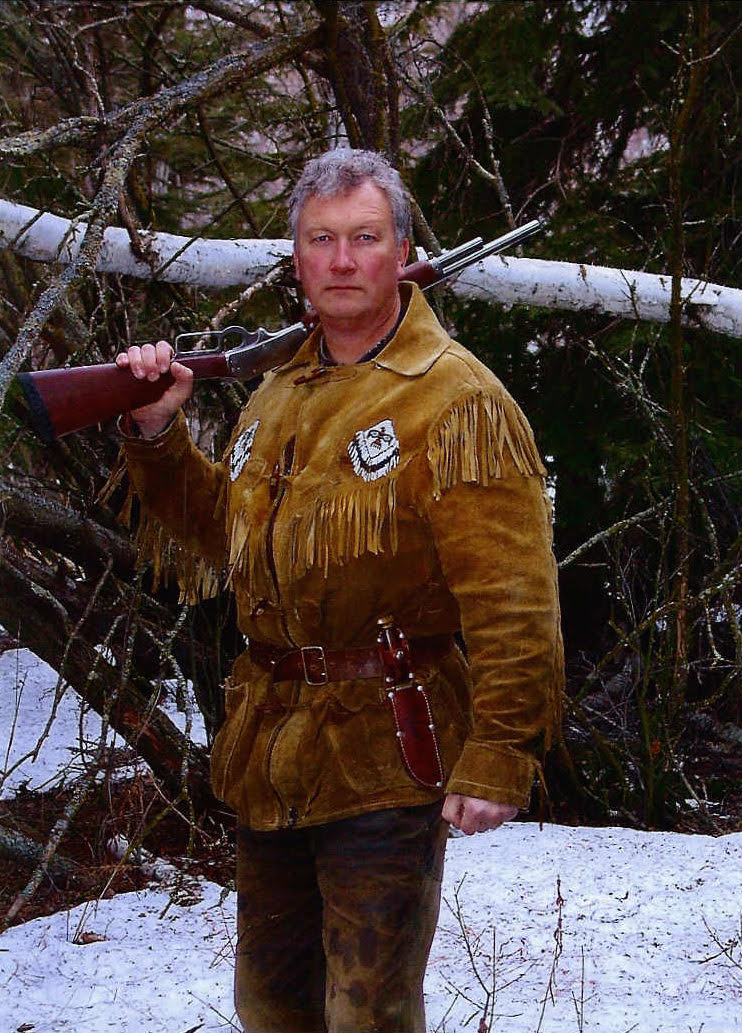
“We see an Alberta where the harvesting of furbearers is a respected management activity that ensures this part of Alberta’s heritage, culture and identity.”
~Alberta Trapper’s Association
***
About this column:
Wild Jobs is a running series that focuses on people in outdoor-related professions. It provides a brief snapshot of their career and the duties that it entails. Please see my previous post, Wild Jobs Part Seven: Raft Guide to learn more.


